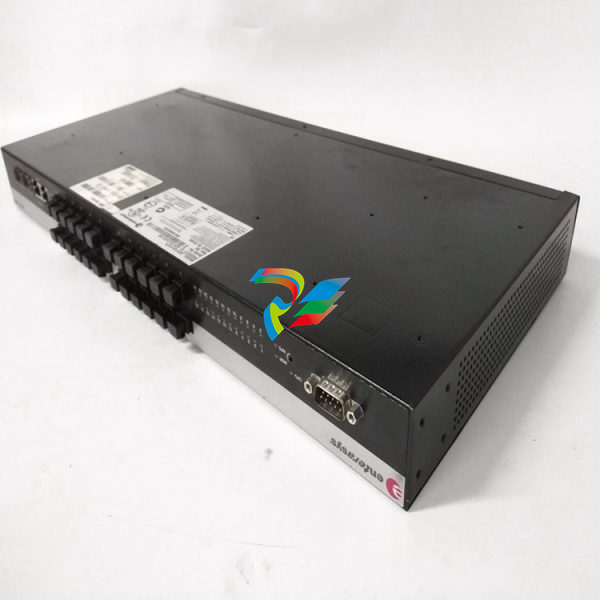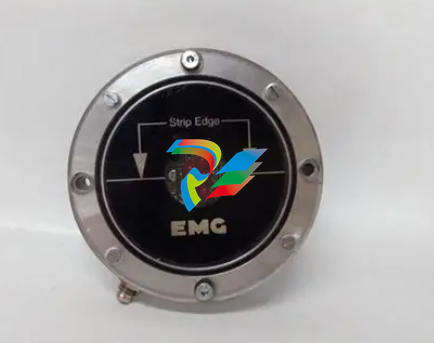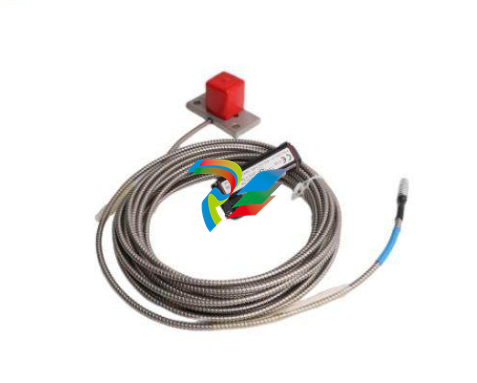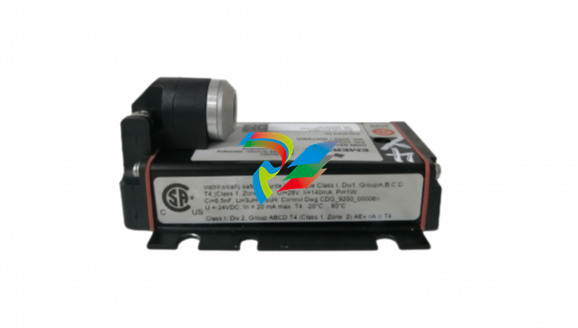
ABBDistributed busbar protection REB500 including line and transformer protection Product Guide
Three-phase voltage plausibility
This function is used for checking the sum and
the phase sequence of the three-phase voltages.
Additional
features
Self-supervision
All the system functions are continuously
monitored to ensure the maximum reliability
and availability of the protection. In the event
of a failure, incorrect response or inconsistency, the corresponding action is taken to
establish a safe status, an alarm is given and
an event is registered for subsequent diagnostic analysis.
Important items of hardware (e.g. auxiliary
supplies, A/D converters and main and program memories) are subjected to various
tests when the system is switched on and also
during operation. A watchdog continuously
monitors the integrity of the software functions
and the exchange of data via the process bus
is also continuously supervised.
The processing of tripping commands is one
of the most important functions from the reliability and dependability point of view. Accordingly, every output channel comprises two
redundant commands, which have to be
enabled at regular intervals by a watchdog. If
the watchdog condition is not satisfied, the
channels are blocked.
Extension of the system
The system functions are determined by software, configured using the software configuration tool.
The system can be completely engineered in
advance to correspond to the final state of the
station. The software modules for new bays or
features can be activated using the HMI500
when the primary plant is installed or the features are needed.
Additional system functions, e.g. breaker failure, end fault protection or bay level
back-up / Main 2 functions can be easily activated at any time without extra hardware.
Resetting the trip commands/-signals
The following resetting modes can be selected for each binary output (tripping or signal
outputs):
• Latches until manually reset
• Resets automatically after a delay
Inspection/maintenance
A binary input is provided that excludes a bay
unit from evaluation by the protection system.
It is used while performing maintenance
respectively inspection activities on the primary equipment.
Redundant power supplies (Option)
Two power supply modules can be fitted in a
redundant arrangement, e.g. to facilitate
maintenance of station batteries. This is an
option for the central unit as well as for the
bay unit.
Time synchronization
The absolute time accuracy with respect to an
external time reference depends on the
method of synchronization used:
• no external time synchronization:
accuracy approx. 1 min. per month
• periodic time telegram with minute pulse
(radio or satellite clock or station control
system): accuracy typically ±10 ms
• periodic time telegram as above with second pulse: accuracy typically ±1 ms
• a direct connection of a GPS or DCF77 to
the central unit is possible: accuracy typically ±1 ms
• Furthermore, the time synchronization can
be done, if available, via the interbay bus
IEC103, LON or SNTP (in case IEC61850-
8-1 is used)
The system time may also be synchronized by
a minute pulse applied to a binary input on the
central unit.
Distributed busbar protection REB500
including line and transformer protection
Page 17
Requirements Optical fiber cables
A distributed busbar protection layout requires optical fiber cables and connectors with
the following characteristics:
• 2 optical fiber cores per bay unit
• glass fibers with gradient index
• diameter of core and sheath 62.5,
respectively 125 m
• maximum permissible attenuation 5 dB
• FST connector (for 62.5 m optical fibers)
• rodent protected and longitudinally waterproof if in cable ducts

Isolator auxiliary contact
Auxiliary contacts on the isolators are connected to binary inputs on the bay units and
control the status of the busbar replica in the
numerical busbar protection.
One potentially-free N/O and N/C contact are
required on each isolator. The N/O contact
signals that the isolator is “CLOSED” and the
N/C contact that the isolator is “OPEN”. During the closing movement, the N/O contact
must close before the isolator main contact
gap reaches its flashover point.
Conversely, during the opening movement,
the N/O contact must not open before the isolator main contact gap exceeds its flashover
point.
If this is not the case, i.e. the contact signals
‘no longer closed’ beforehand, then the N/C
contact may not signal “OPEN” before the
flashover point has been exceeded.
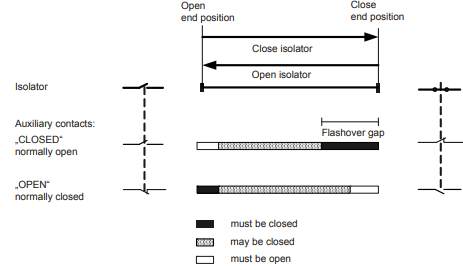
Distributed busbar protection REB500
including line and transformer protection
Circuit-breaker replica
When the circuit-breaker replica is read in the
feeder or the bus-tie breaker, the circuitbreaker CLOSE command must also be connected.
Main current transformer
The algorithms and stabilization features used
make the busbar protection largely insensitive
to CT saturation phenomena. Main CTs types
TPS (B.S. class x), TPX, TPY, 5P.. or 10P.. are


